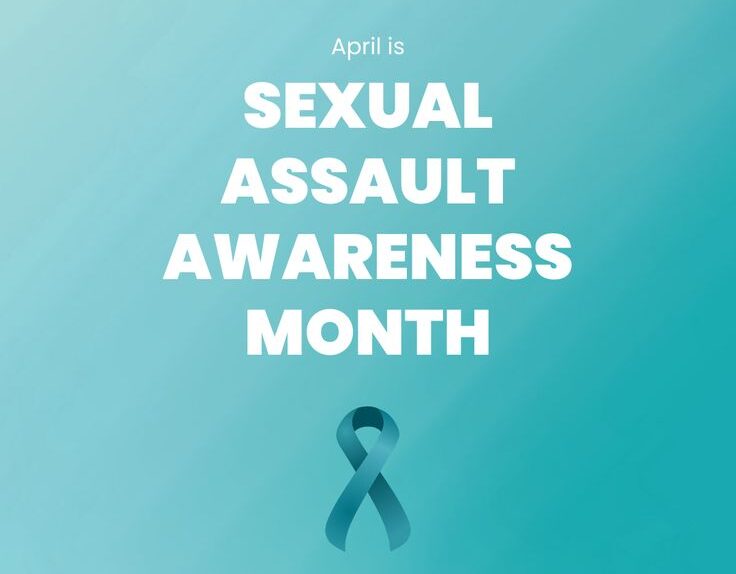What causes undescended testes?
My six-month-old baby was recently diagnosed with a condition the doctor referred to as undescended testes. I’m worried about my son and I would like to know whether this is
My six-month-old baby was recently diagnosed with a condition the doctor referred to as undescended testes. I’m worried about my son and I would like to know whether this is a permanent condition? What options do I have? G. M. Kinoti, Meru
The testes (testis, singular), also known as testicles, are the male sex glands responsible for producing sperms and sex hormones. Both testes are found in the scrotum, next to the penis. They usually grow in the abdomen then move down after birth in most males. Undescended testes or cryptorchidism refers to the absence of one or both testes from the scrotum. A testicle is considered descended if discovered in the scrotum even if it is temporarily pulled back (retracted).
When a baby is affected by this condition, one or both of his testes don’t lower into the scrotum but stay in the abdomen. Testicles that do not naturally descend into the scrotum are considered abnormal. These undescended testicles have an increased likelihood of developing cancer, regardless of whether or not they are brought down into the scrotum. This condition occurs at birth but in unique cases it may develop later in life. It’s one of the most common birth defects regarding the male genitalia.
What is the cause?
Undescended testes are common in premature infants. In most cases the testicles descend by the time the child is nine months. Testicles that do not descend by the time your baby is one year old should be carefully evaluated. Studies suggest that surgery should be done by this age to confirm the diagnosis and to reduce the chances of permanent damage to the testicles.
Undescended testes are normally found in babies with hormonal disorders. A few conditions have been known to cause the problem. Klinefelter’s syndrome, among other genetic disorders, and physical abnormalities at birth can lead to this condition. Babies born with Down’s syndrome and spina bifida are also likely to have it.
What are the symptoms?
Usually there are no symptoms apart from the fact that the testicle cannot be found in the scrotum. This is usually described as an empty scrotum. When the child grows with undescended testes, he may have fertility problems as an adult. When diagnosing an undescended testis, it is sometimes difficult to differentiate them from retractile testis.
These are actually more common than undescended testis and do not require surgery. Retractile testes occur because of the strength of the muscle reflex that retracts the testicles and the small size of the testicles before puberty. In this instance, the testicles descend at puberty. This is considered normal and surgical correction is not needed.
What is the treatment?
When a case of undescended testes is confirmed, the child may receive hormone injections (B-HCG or testosterone) to try to bring the testicle into the scrotum. However, the main treatment is surgery, also known as an orchiopexy. The earlier surgery is done, the better the chances there are at preventing irreversible damage to the testicles, which can cause infertility. Bringing the testicle into the scrotum maximises sperm production and increases the odds of good fertility. It also allows examination for early detection of testicular cancer.
Apart from the risk of infertility later in life, men with undescended testes at birth are at a higher risk of developing testicular cancer in both testes. However, a considerable number of undescended testes get better without any treatment. Where medical or surgical correction of the condition is required, it is usually successful. It is important for parents, especially fathers, to pay close attention to their children from an early age in order to spot any abnormalities.





